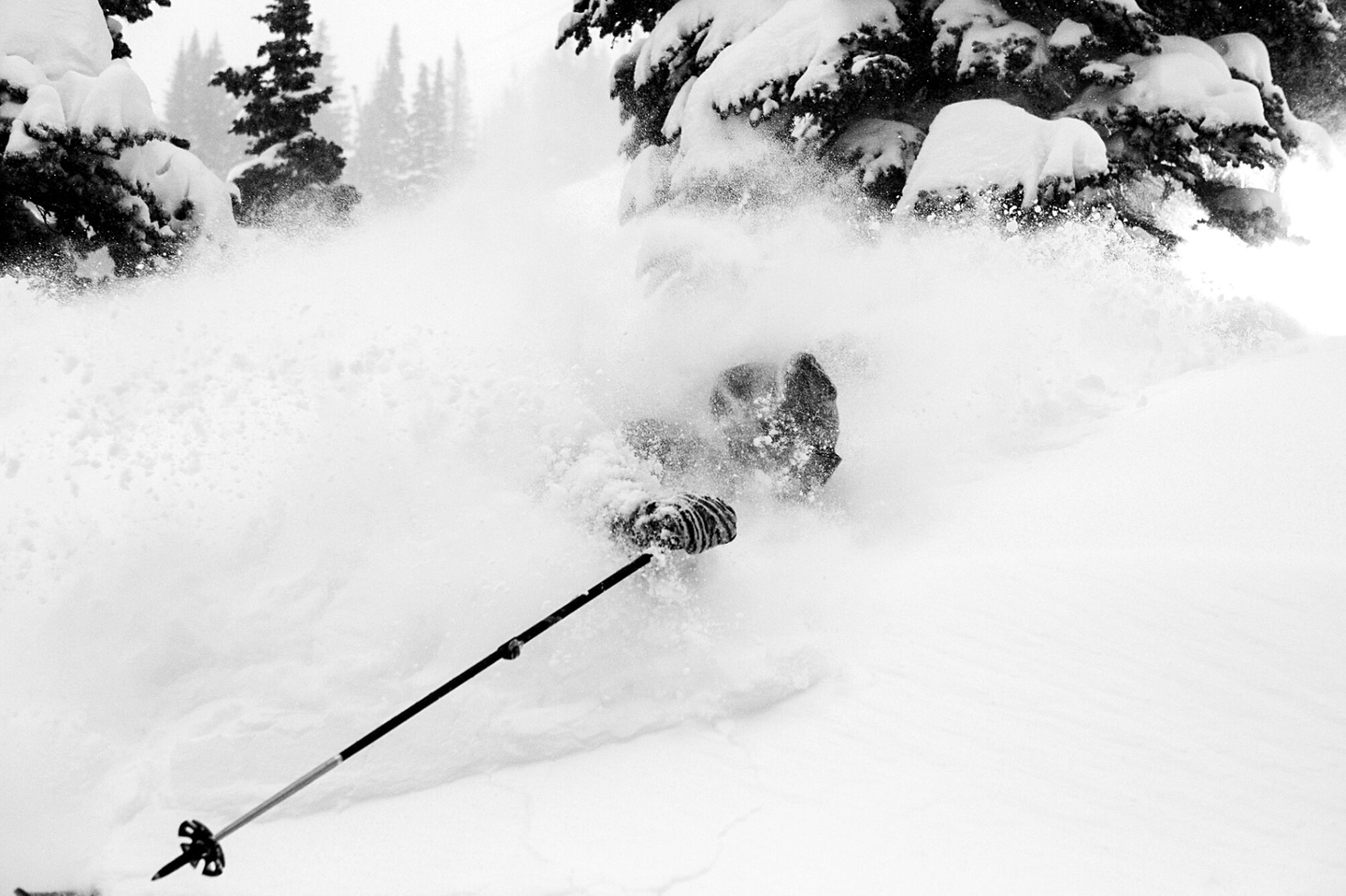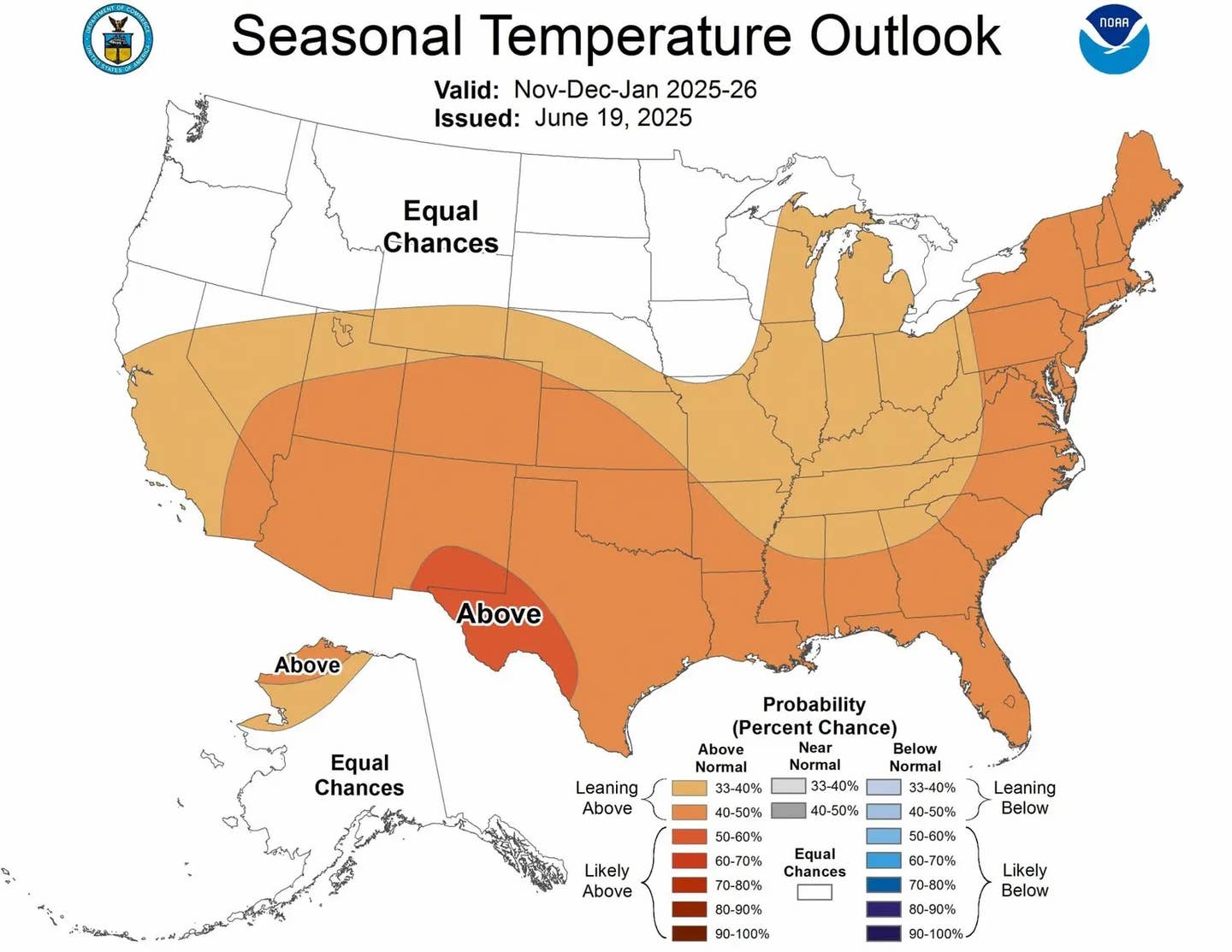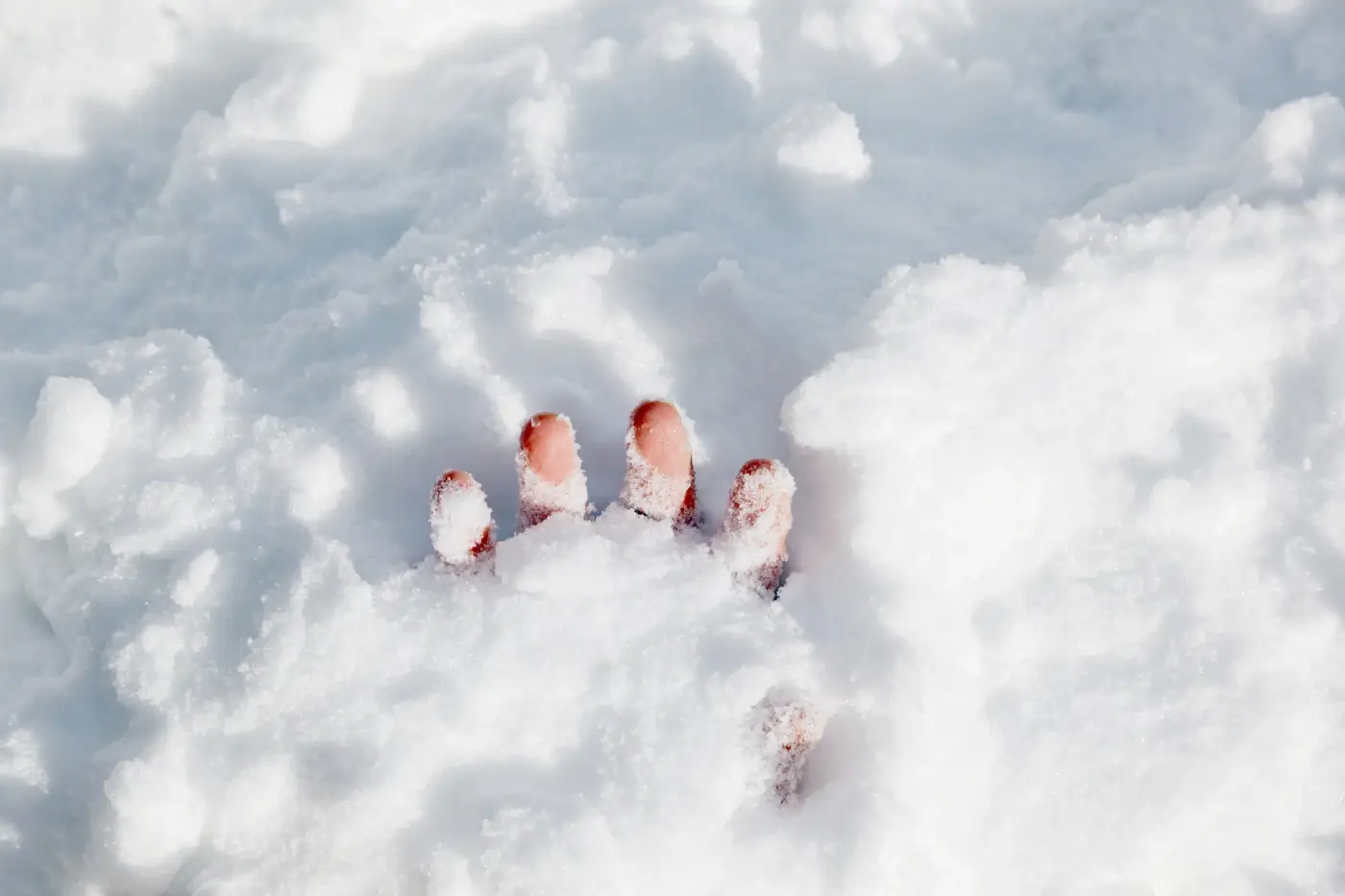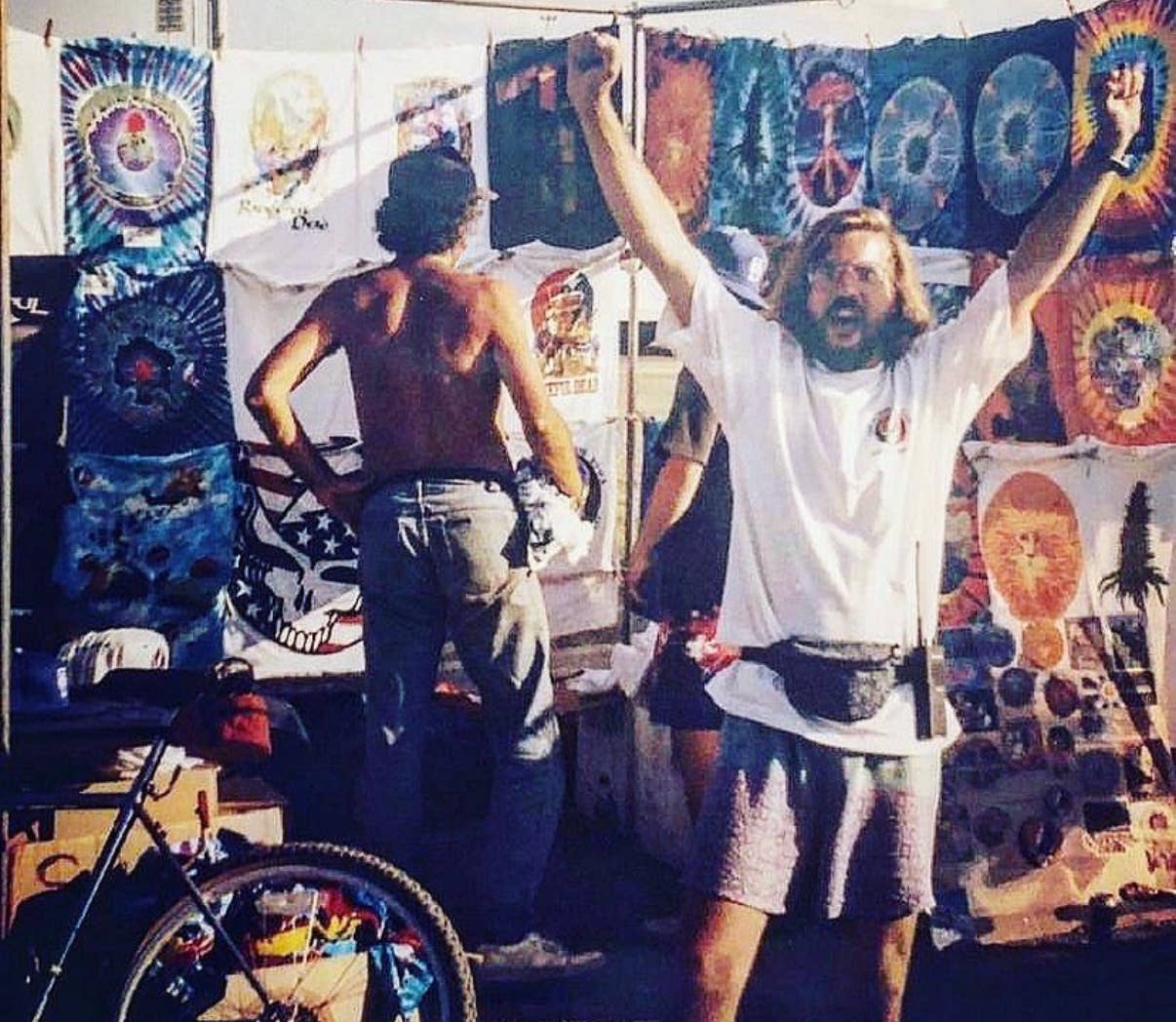Popular Stories
DPS Cinematic recently released Stone's Throw, a short film featuring and produced by Dash Longe. Dash was a full-time TGR athlete for years, traveling the world with us in search of huge lines and deep powder. However, these days he's been spending more time in Salt Lake City, working as a realtor and spending time with his wife and children. We talked with Dash to learn more about his new life and how Stone's Throw fits in:
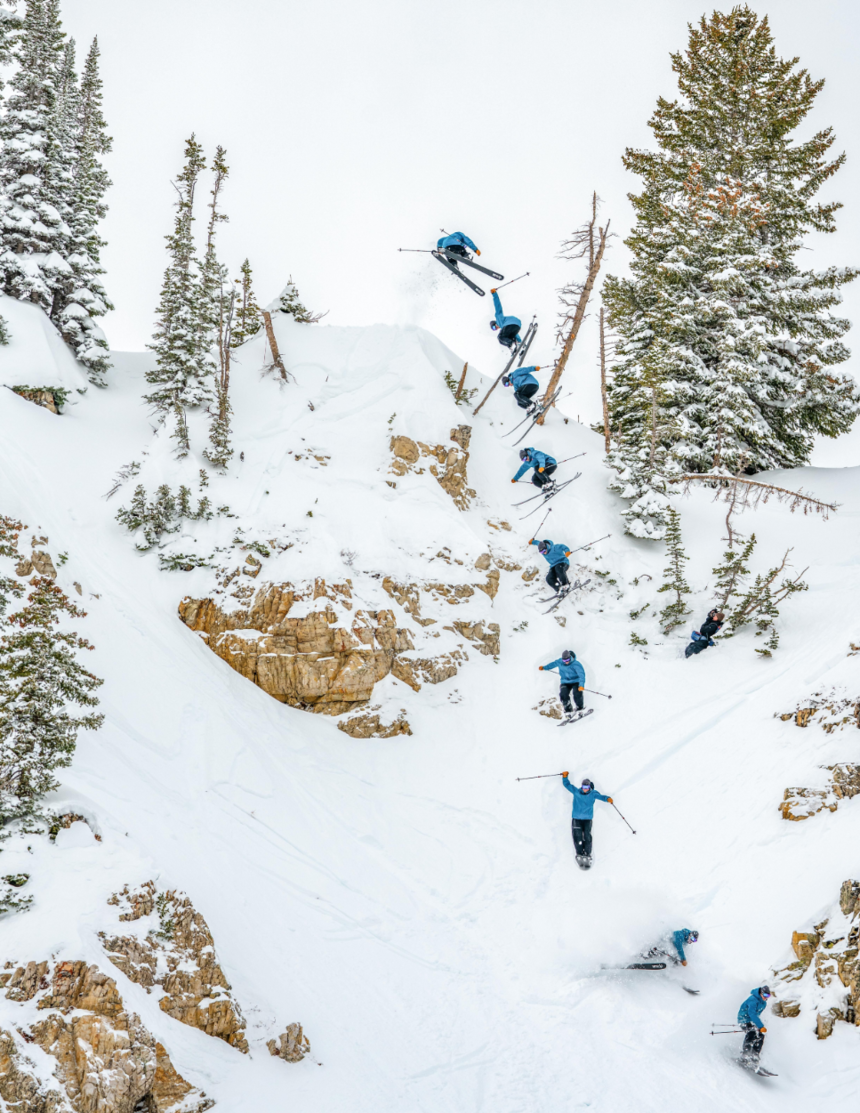 Dash catches some air in the Wasatch. @edcoylephotography photo.
Dash catches some air in the Wasatch. @edcoylephotography photo.
TGR: So, a big theme in Stone's Throw is your love for Salt Lake City, and how it facilitates your lifestyle. When did you move there?
Dash: I moved from Tahoe, where I grew up, in the fall of 2004, right after Thanksgiving, just about a week or so after Alta opened for the season.
TGR: And you were already a full-time professional skier at that point?
Dash: Yeah, man. I had already filmed multiple segments for Erik Iberg movies, I’d been in a Matchstick movie, and had a segment in a TGR jib flick. And that was the first year that I was going to be filming with TGR full time as my main objective for the season. That was part of the reason that I moved, because I could live with Pete O’Brien, who was TGR’s main Utah cinematographer, and also Steve Rosenthal, who made Volume Video Magazine, and Pete’s brother Alex was a photographer who lived there as well, and Marc-Andre was living there. And that was the house.
TGR: It makes perfect sense why you would move there as like a full-time skier, but things have changed since then, haven't they?
Dash: So, after I filmed a TGR segment in Chatter Creek in 2017, for Rogue Elements, I knew, even going into it, that something had to change. It was one of the biggest fears of my life, that shift from being a pro skier into what was going to come next, and I really didn’t know what that would be. But I knew that something had to change because it wasn’t working on the home front, and it definitely wasn’t going to work with having another kid. Anyways, I came home from that trip and ran into my friend, and he was like ‘You should work for me in real estate, you should get your license,’ and so I came on to help him and to take on his business in Salt Lake, and run it together with him. After I got a real estate license I realized that there are fewer freedoms than it appears from the outside, but I will say that it does allow me to go skiing how I want to, at least from a filmmaking standpoint. That year I sent out an email to my sponsors and everyone that I knew saying that I was having a ‘career shift.’ It didn’t say that I was retiring, but a lot of people took it like that.
TGR: But that opened up other doors?
Dash: I’ve always dreamt of making ski films, and I’ve always dreamt of having more of a hand in the ski product side. My drive as a kid was to shape the sport and be on the precipice of what was happening, and somewhere in the lineage of my ski career I just sort of took a backseat and became a part of everyone else’s ideas, instead of being the one bringing the ideas to the table.
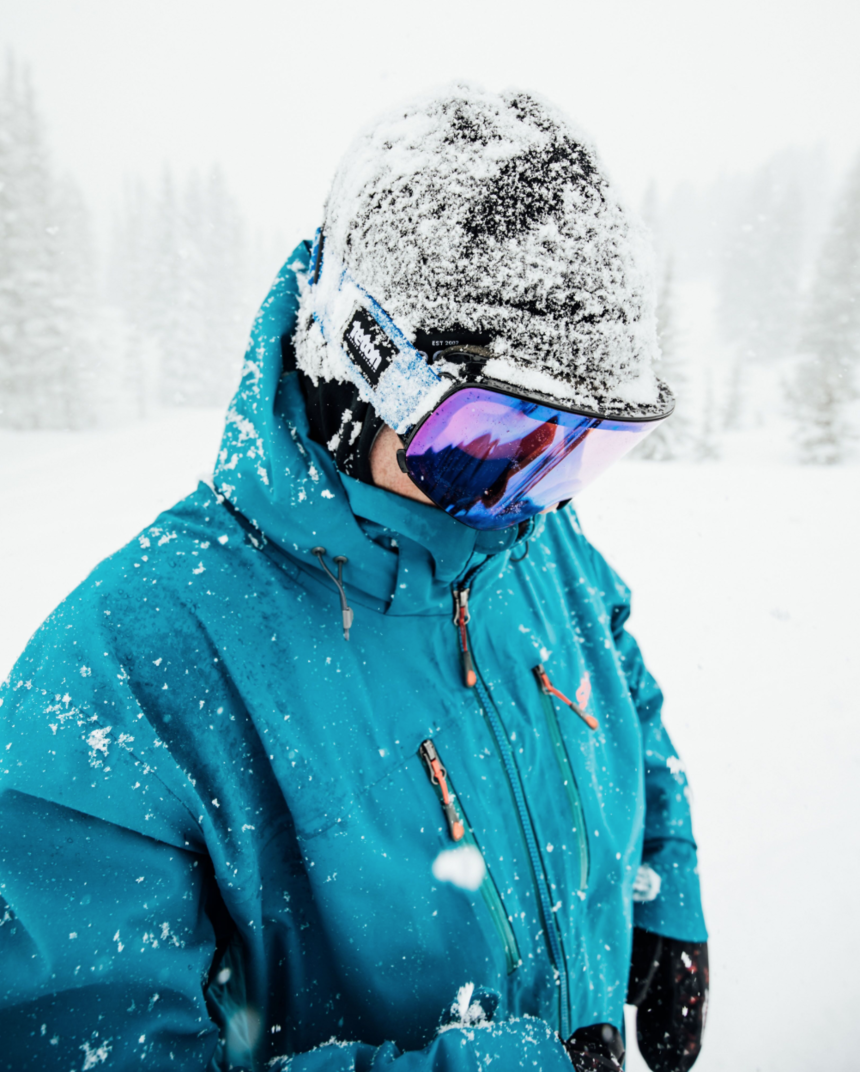 Cool googles, Dash. Chris Whitaker photo.
Cool googles, Dash. Chris Whitaker photo.
TGR: That seems like a perfect segue into Stone’s Throw.
Dash: After that year I started to get fired up. I realized pretty quickly that I needed to use all of my energy locally: making content locally, working with brands and sponsors locally, if possible, so that I can do the product stuff that I’ve wanted to, and have say on ski design, and all that. And so I started thinking about DPS, because I have friends who work there, and it seemed super cool, and they’re very innovative on designs. I thought, ‘You know what, this is the ticket to making some of this shit happen.’ I approached DPS with that idea pretty well ironed out, and I called them, just like ‘Let’s see if this can go anywhere,’ and they were really fired up on it. That sort of blossomed and turned into me signing with the company, and working on the Koala ski, and then also came the opportunity to make my own DPS Cinematic episode. So that’s when I started to get really excited about making a film project, and I knew that in the first one I didn’t want to travel, I just wanted to stay local and do everything here. There’s a lot of sick shit here that we can forget about, and I said ‘I don’t care if we shoot inbounds, I don’t care if there are tracks, I don’t care if it’s shit that people have done before, because that’s what it’s all about, that’s what people who live here ski, and that’s why people live here, because it’s sick.
TGR: Stone’s Throw starts with some shots of you on a dawn patrol right outside SLC. Do you go on a lot of dawn patrols?
Dash: Yes, and due to the fact that I was balancing work and family life, those were often the most ideal times to film for the project as well. We filmed 15 days for this project, and I don’t think there were any full days. I had to dip down to work, or organize childcare and let the nanny get off, or whatever it was. Zac Ramras, the executive producer at Sweetgrass, also has a little kid, so when we first started talking we were like ‘Dude, we’ll figure out our schedules, make sure we both have coverage, maybe even piggyback babysitters,’ which never actually happened, but we sorta liked the thought, you know [laughs].
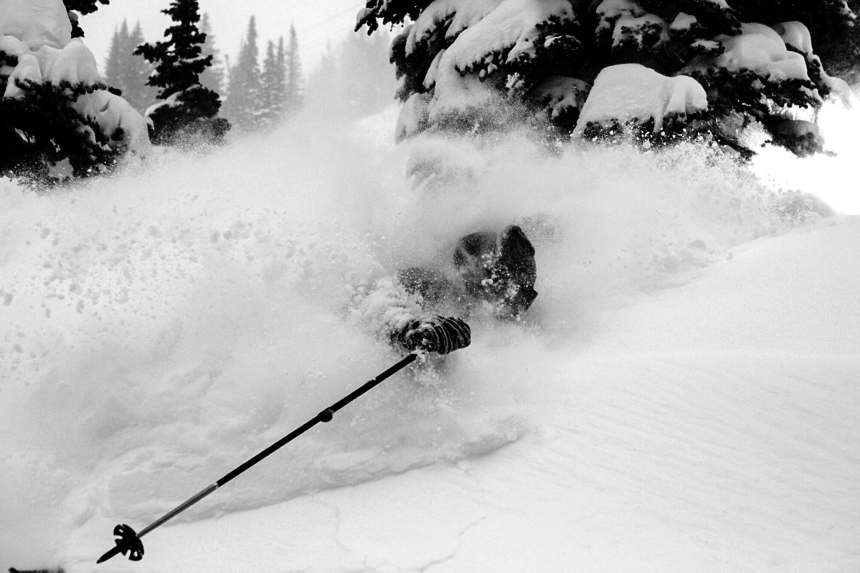 Welcome to Pow Town, a suburb of Ski City. Christopher Bezamat photo.
Welcome to Pow Town, a suburb of Ski City. Christopher Bezamat photo.
TGR: So this isn't a contrived story at all, more of a glimpse into the life of Dash.
Join Our Newsletter
Dash: Yeah, it’s totally organic. There’s something special about Salt Lake and about its proximity to the mountains. I’ve played with the idea of living in other ski towns. I almost moved to Jackson, and I grew up in Tahoe, but the level of opportunity from a professional standpoint, outside of the ski world as an individual in the modern age... There’s way more opportunity here in Salt Lake, and that’s always been one of the reasons that I liked living here. I like that I can go out to dinner and not run into the same people, but at the same time it’s a close enough community that I see people, especially up at the mountain. I can go out downtown and feel like I’m in a city, I can walk around and see some culture. There is a really cool music scene here, and I wanted to highlight that. I wanted to not only produce the film locally but have as many local touches as possible so I had my friend Dustin Swan and his group the Swantrourage write and produce music for this piece. The credit reel song is something we worked on together.
TGR: And you can go skiing too.
Dash: Yeah, a big theme of Stone’s Throw is that Salt Lake is the reason why I’m able to continue to live this ski dream. I get to live here and work with DPS, which is like 10 minutes from my house. I can go down there and work on my real estate shit, talk about ski design at the same time, and then run out to show houses, then be up on the hill at 3PM testing skis with the guys, and then go shoot pow as the sun goes down, and then be able to come home at night and kiss my wife and kids. Or go and do a dawn patrol mission like we did, or get early laps at the resort shooting pow, then be back in the office by 10:30AM, and still have gotten the right amount of skiing in to keep this dream alive. That’s another thing that I’ve felt is lacking in a lot of ski films. There are a lot of contrived stories—people beat their heads up against the wall trying to come up with something that’s not there, and you can tell when you watch the movie. From the name, to the backstory, to getting people to talk about it in forced interviews... It’s like ‘Why can’t we just make a movie about skiing, it shouldn’t be that hard.’
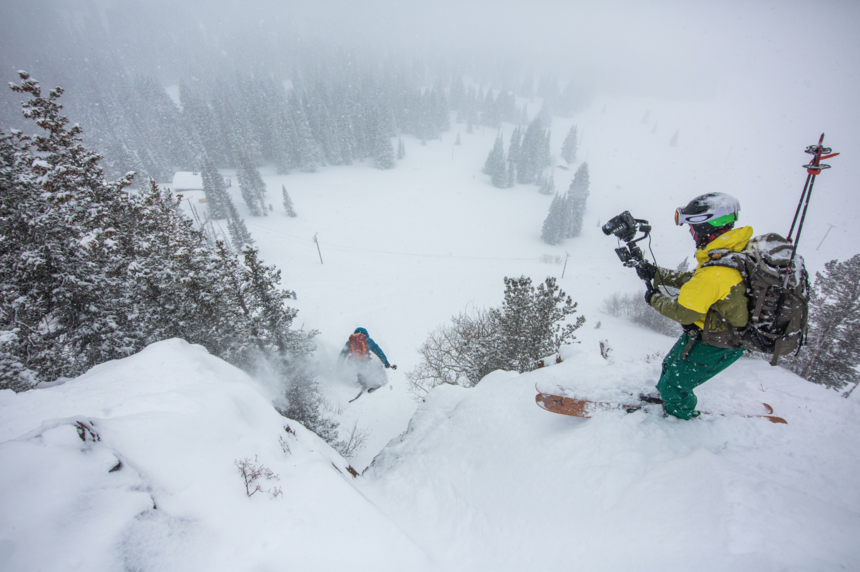 Did he stick it? Probably. Rocko Menzyk photo.
Did he stick it? Probably. Rocko Menzyk photo.
TGR: Sounds like Salt Lake is the perfect place to balance skiing and work life.
Dash: I think that there are a lot of people learning that. I have personally always been fascinated by cities, I am drawn to cultural diversity and I like that people seem to find the freedom to express themselves in a more open way. But I am a skier and I need mountains in my life. SLC has both attributes. It’s a really easy place to get in and out of, the costs aren’t exorbitant compared to a lot of towns. But even though it’s about Salt Lake, I’m not trying to claim that it’s the best. This film is for all of the diehard skiers who choose to live by a mountain, whether that’s Jackson, Park City, somewhere in Washington that’s best of both worlds, Tahoe, or whatever. It’s just choosing the place next to the mountains where they can live and do what they love to do.
TGR: So your transition hasn't been that bad at all.
Dash: Actually, it’s still really hard a lot of days. On a personal level, having kids, and extra layers of responsibility… I had no idea how much freedom I had all of those years, and I never knew a different life. It’s taken a lot of work and hard days because, to be honest, I had been spoiled. I started getting paid to ski when I was 14. That said, taking a step back from skiing has helped me rediscover what got me into skiing in the first place. Back in the day, my mentality was not shaped around who was going to pay me the most. My whole thing was that I just wanted to be a part of something cool, something that I believed was going to make skiing cool. As my career went on, I started feeling like I was doing it for other people, and worrying about what other people thought.
TGR: But now you're not pursuing skiing for other people?
Dash: Once I was able to find some finance for myself and a career outside of skiing, I was able to remove that element, and instead of worrying about money I am able to motivate myself by saying ‘Dude, you just have to do this for you.' I want to make different shit than people have seen. At the heart of it, skiing has been my form of creative expression. Both of my parents are artists, and my twin brother is a creative. But I don’t paint, I ski, and I dream of ski segments.
TGR: So can we expect more from you?
Dash: I’m not quite ready to talk about what I have planned for the upcoming season, but I do have some ideas. Honestly, I have about 40 ski film ideas.
